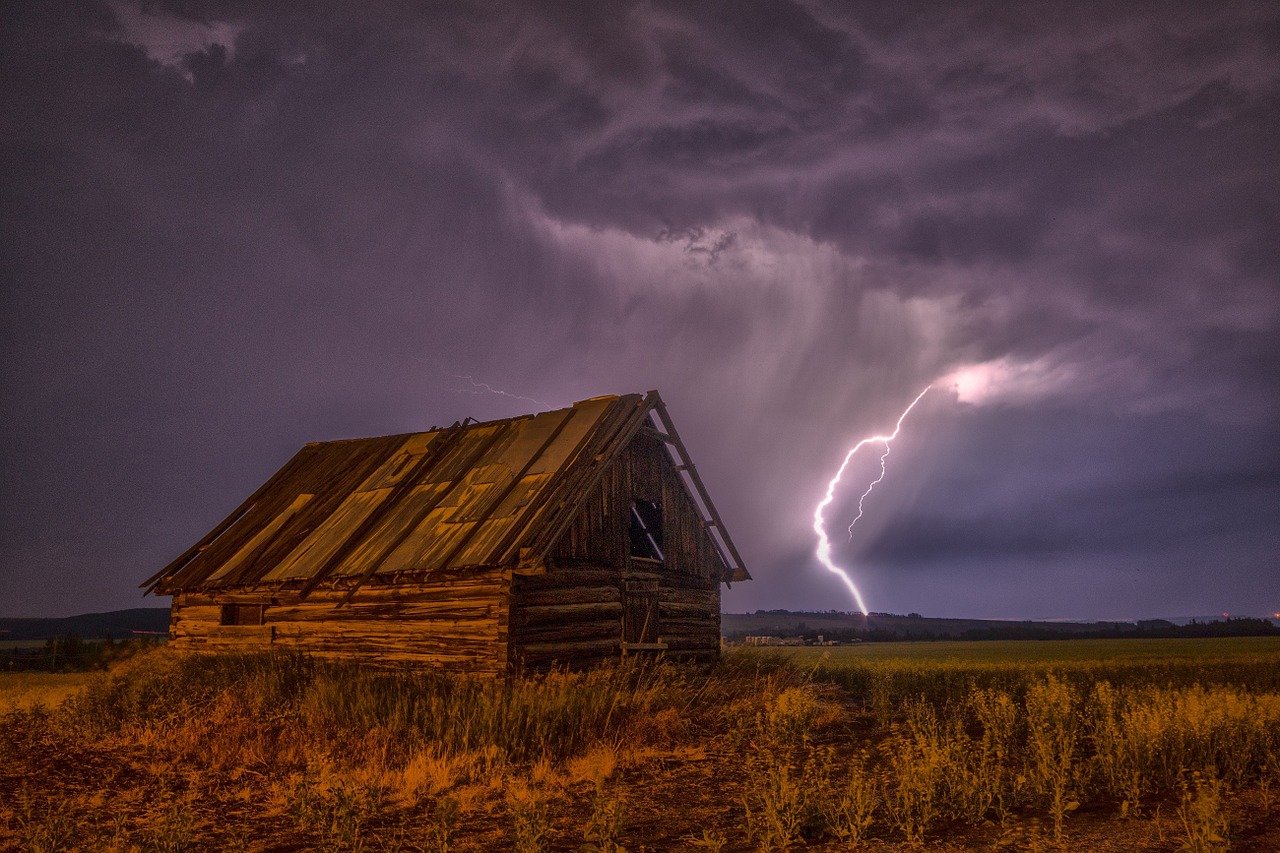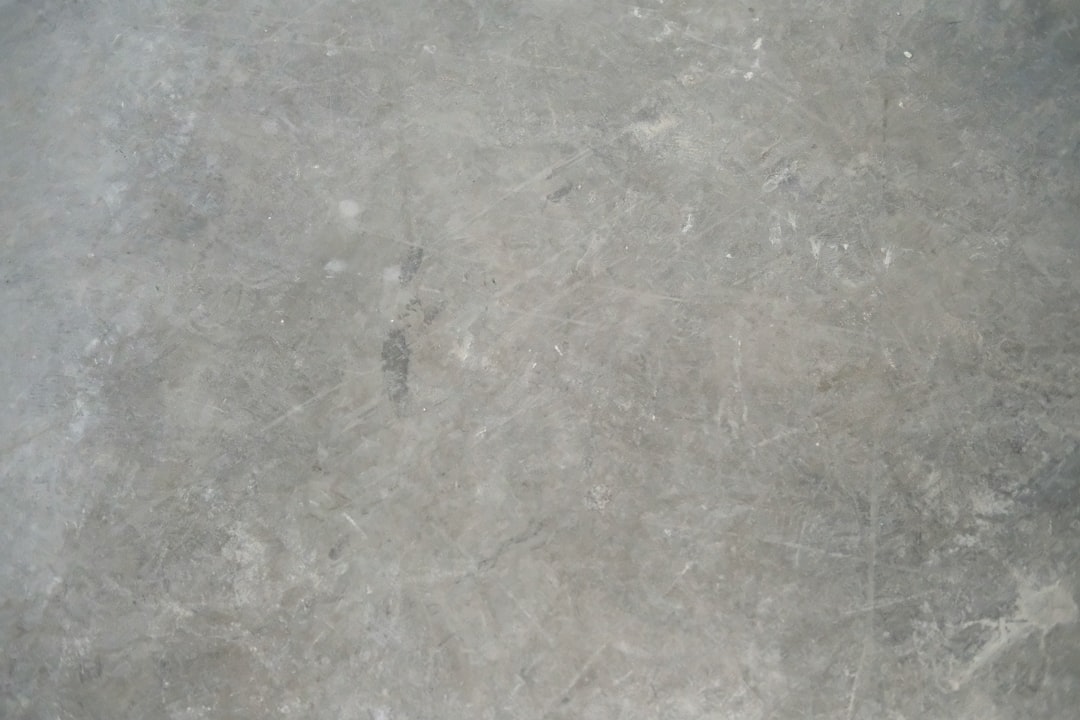There is no better way of going rustic than with reclaimed barn siding. With its rich history, reclaimed barn wood adds considerable charm to any surroundings. The best part is that this wood can be used for flooring or ceiling and anything between. Here are some more reasons why you should consider using reclaimed wood for your next project.
Sustainability
Using brand new timber means contributing to deforestation, an environmental hazard that affects life in numerous ways. On the other hand, some wood alternatives such as carpet are made from non-renewable materials. This makes reclaimed barn wood a suitable option for applications such as flooring or ceiling.
Timeless Character
Some reclaimed wood has been subjected to the elements for decades, giving it a distinctive beauty. Reclaimed wood probably grew in a harsh environment fighting for nutrients and the sun. This makes it strong and durable.
Preserving History
History means our roots and we can by no means ignore it. Using reclaimed barn siding is one way to link with this rich history. The wood you are purchasing could be sourced from a ranch that employed hundreds of people or a historic barn. Make sure to inquire of the wood’s source if you are passionate about our history.
Giving Life to Old Wood
If you are passionate about recycling the materials around us then wood should not be an exception. Old barns provide a considerable amount of wood that find use both domestically and commercially. Additionally, the use of reclaimed wood saves about 40 percent of energy that would be used to prepare virgin wood.
Guidelines to Buying Reclaimed Barn Wood
As use of reclaimed boards get more popular, some dealers are taking advantage to con unsuspecting buyers. Take caution of merchants who do not guarantee their lumber or those with shoddy paper work. Other sellers also offer unrealistic prices for the classic product. Compare prices from several dealers if you suspect your offer of being too good to be true.
Barn sidings are naturally weathered by the elements and their thickness is hardly the same. Their color also varies depending on the type of exposure they underwent. However, they are most likely to be grey, brown, or silver if the barn was not painted. A distinguishing feature from oven-dried wood is their inconsistent cracking along the grains.
For indoor uses, the dealer should do some mill-work to remove bends and warps if any. Also make sure the wood is scanned with a metal detector to get rid of any nails. The wood should further be kiln-dried to avoid taking along termites with the wood.









